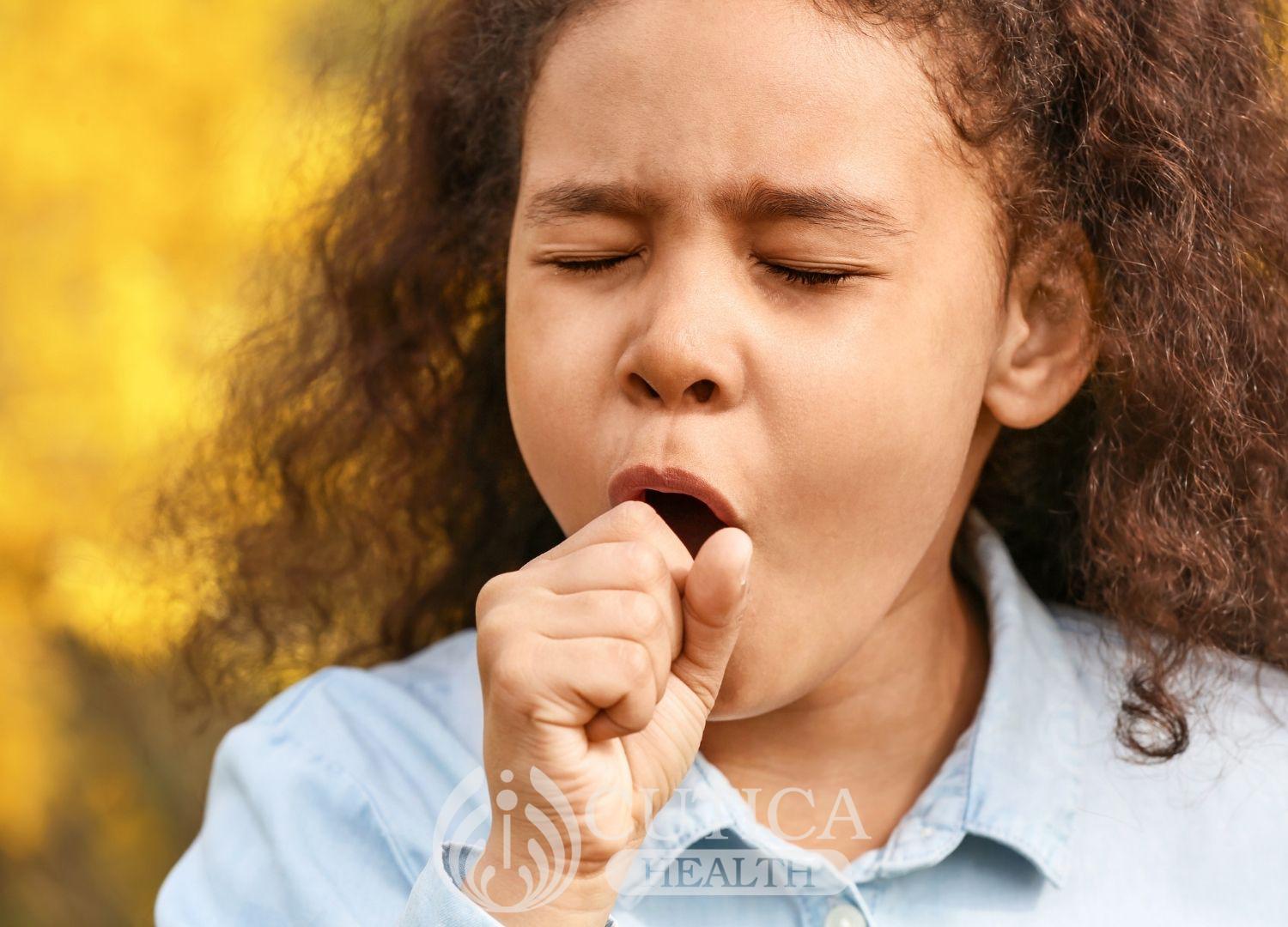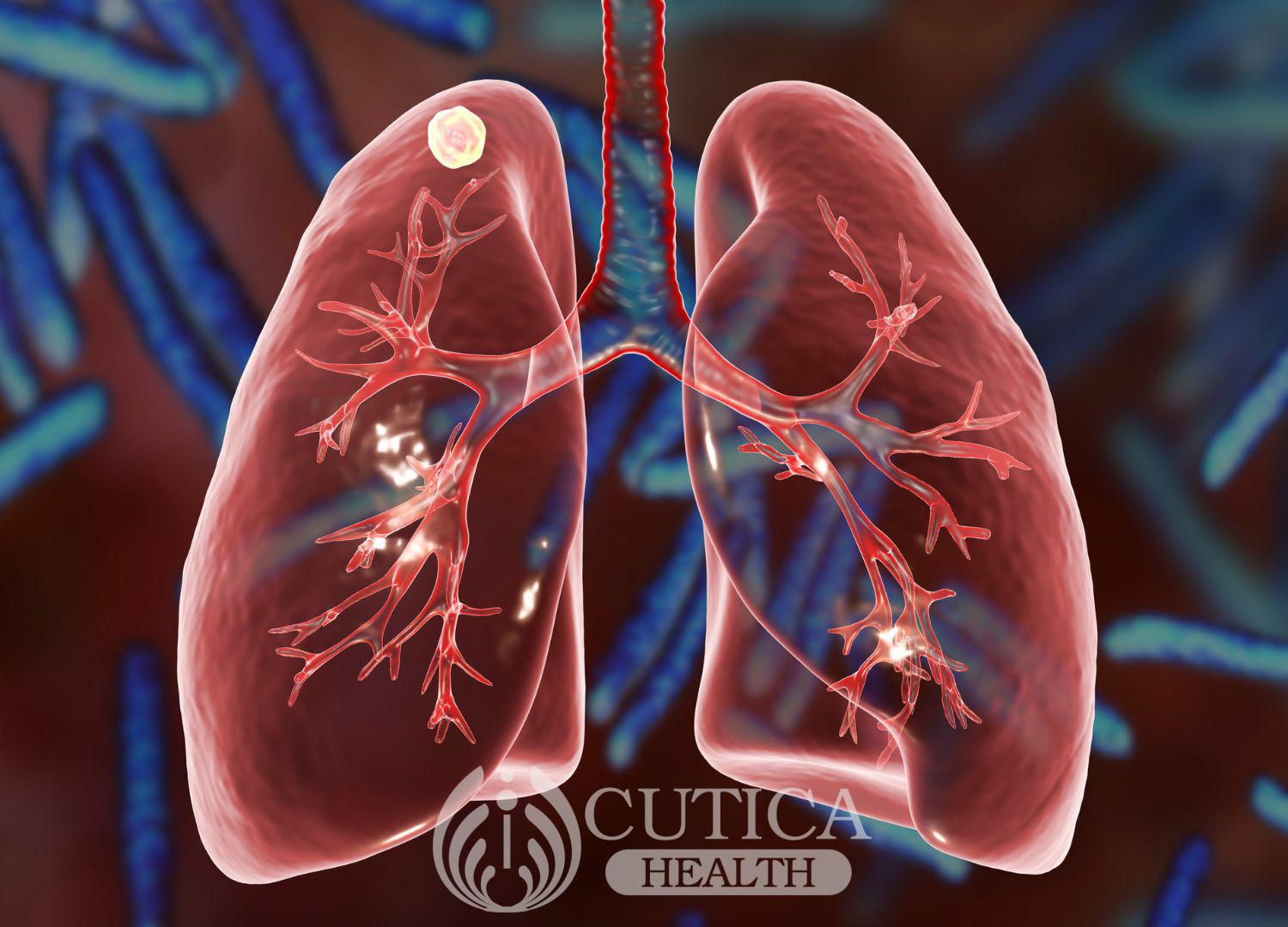
Asthma is a chronic illness affecting the airways - the tubes that conduct air from the environment into our lungs and vice versa. The condition can affect children and adults, male and female. However, it is the most common chronic disease in childhood. Since the airway plays a vital role in our bodies - delivering oxygen to our lungs and removing carbon dioxide from it - asthma may cause fatal complications if unattended to.
What is Asthma?
Asthma is a chronic inflammatory disease of the airway, which occurs in response to triggers one is hypersensitive to. When an individual is exposed to such triggers, the airway undergoes inflammatory changes that cause it to swell and narrow, thus, reducing the space through which air can pass to and from the lungs.
What causes Asthma? Can I get asthma from my loved one? Is it contagious or genetic? These are a few common questions people ask healthcare professionals about this illness.
Asthma is neither contagious nor infectious. It has been linked to genetic and environmental factors, however. A child is more likely to develop asthma if a first-degree relative (parent or sibling) have it. The risk is about 20 percent if one parent has it and 50 percent if both parents have it. This is because of inheritable genetic mutations that are associated with the disease.

Furthermore, certain environmental factors can trigger or worsen asthma in susceptible individuals. These include high humidity, cold temperatures, house dust mites, animal allergens, and air pollution with tobacco smoke, sulphur dioxide or nitrogen oxide.
Asthma may also be related to the job you do - a phenomenon called occupational asthma. It causes 10 to 15 percent of asthma in adults. High-risk jobs that can put you at risk of asthma include painting, farming, and plastic manufacturing.
How does Asthma Feel?
The hallmark of asthma is the hyperresponsiveness of the airway to certain environmental factors. When an individual who has asthma is exposed to cold, humid weather or allergens such as dust mites, the ensuing airway inflammation makes the inside of the airways to swell and constrict. Consequently, air does not get in through the airway as much as it should. This results in shortness of breath, choking, and a feeling of impending doom.
To breathe in more oxygen into the lungs during an asthma episode, an individual may begin to breathe with so much effort. This is evident by the use of accessory muscles (muscles other than those in the chest wall) of respiration including the neck muscles and the abdominal muscles. This is done to forcefully open up the airways.
In severe cases, the airways may be completely constricted, shutting out inflow of oxygen and outflow of carbon dioxide. This is a life-threatening situation that requires immediate intervention to re-open the airways.
Symptoms of Asthma
The symptoms of asthma vary with its severity. An episode can be mild, moderate, or severe.
Mild Asthma Episodes
During a mild episode of asthma, patients may experience:
Shortness of breath after a mild-to-moderate physical activity such as walking
- A rapid respiratory rate (number of times one breathes in or out in a minute)
- Wheezing, a whistling sound heard when air passes through a constricted airway.
- In mild episodes, patients can typically speak in sentences uninterrupted by intervals of shortness of breath.
Moderate Episodes

Moderate asthma episodes produce more severe symptoms, indicative of a more constricted airway. During a moderate episode, an individual may experience:
- Shortness of breath, with a rapid respiratory rate, after moderate physical activity
- In children, the accessory muscles of respiration are used. This is evident by straining and caving in of the abdomen, flaring of the nose, and obvious contraction of the neck muscles.
- An inability to talk in long sentences, as speech is interrupted by short intervals of breathlessness
- Shorter, softer cry in infants
- Inability to lie down as this position may worsen the breathing difficulty. Patients typically assume a sitting position during moderate episodes.
Severe Asthma Episodes
In a severe episode, patients experience:
- Difficulty breathing at rest.
- An Inability to talk in sentences - they talk in words instead.
- Very high respiratory rate
- Use of accessory muscles; with neck straining, flaring of the nose, and caving in of the abdomen and chest.
- Restlessness
- A hunched-over sitting position with both hands supporting the torso.
- A rapid heart rate, which results from the labored breathing and the heart’s compensation for reduced oxygen in the blood.
- A greyish or bluish tinge to the lips and/or finger nails. This is called cyanosis and indicates that the cells are not receiving enough oxygen.
As the airway closes up gradually, the symptoms progress from being mild to severe. If this is not reversed, it may result in death from oxygen deprivation to the cells of the body.
Home Remedies for Asthma
Although asthma has no cure - that is, there are no medicines that can take it away permanently - it is treatable. Doctors often prescribe medicines that can be inhaled or taken orally to expand or reopen the airway and limit the inflammation.
However, there are some natural home remedies that can provide quick relief during an episode. These include:
- Mustard oil
- Eucalyptus oil
- Ginger
- Evening primrose oil
- Honey
- Figs
Furthermore, during an episode, one can practice the pursed lip or buteyko breathing exercises to relax the chest and abdominal muscles and re-open the airway. The pursed lip breathing technique involves inhaling slowly through the nose and exhaling through pursed lips. This helps to move out trapped air from your lungs and allow air into the airway.
Allergies and Asthma

A strong link between asthma and allergies exists. People who have allergies (food allergies, skin allergies, etc.) are more likely to have asthma. Common triggers of allergies and asthma include animal proteins from animal fur, dust mites, molds, pollen, and food allergens such as nuts, seafood, and shellfish. Therefore, one of the ways to prevent asthma recurrence is to avoid these allergens.
Asthma and Exercise

People who have asthma notice that they find it difficult breathing within a few minutes of starting exercise and several minutes after the activity. This phenomenon is called exercise-induced asthma and happens in 9 out of 10 people with asthma. Consequently, doctors advise people who have asthma not to engage in strenuous physical activities to avoid an exacerbation.












